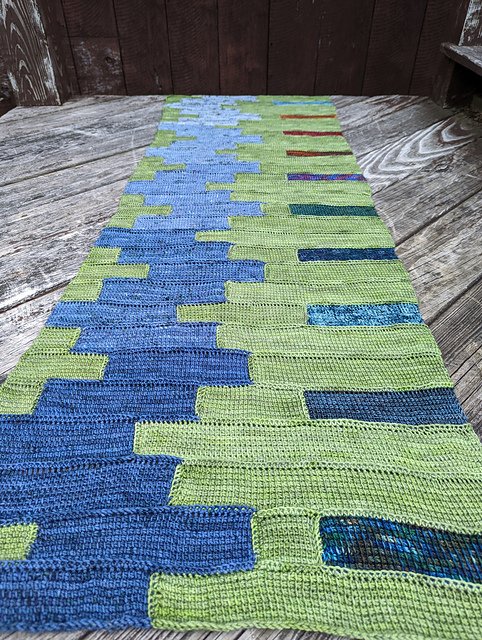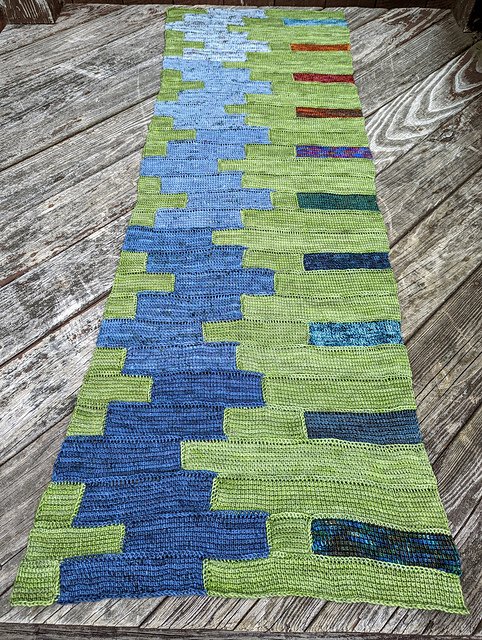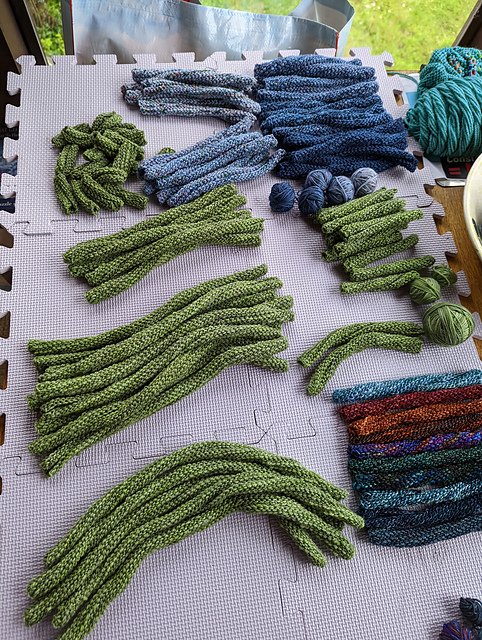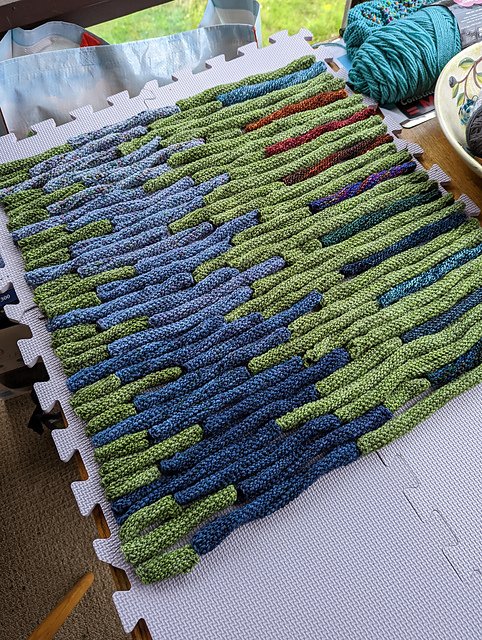Cuyahoga
This piece illustrates the legacy of the Clean Water Act and other water quality protection efforts as told through the story of the Cuyahoga River. On the left is the river, getting healthier. On the right are markers of major events in the timeline of the river:
Before 1600 - River formed 10-12,000 years ago with retreat of the last glacier across what is now Northeast Ohio. White bass, catfish, and yellow perch common in the diet of Indigenous communities who fish the river. European fir trade arrives in the end of this period.
1800s – Cleveland a hotspot for manufacturing; iron furnaces, oil refineries, chemical factories, lumberyards dominate the riverbank, Cuyahoga River is a trashcan. By 1830s, overhunted beaver are gone. Kent dam is constructed in mid 1800s.
1900s – River catches fire at least a dozen times, Gorge dam built for hydropower. Fire that catches the world’s attention and spurs a series of actions occurs in 1969.
1948 – Federal Water Pollution Control Act passed.
1970s – EPA is created, upper portion of the Cuyahoga designated a Scenic River, Great Lakes Water Quality Agreement signed, Cuyahoga Valley National Recreation Area created (now a National Park).
1972 – Amendments to the Federal Water Pollution Control Act become the Clean Water Act.
1990s – Ohio and Erie Canalway designated a National Heritage Corridor, Cuyahoga designated an American Heritage River.
1991 – Clean Water Act reauthorized.
2000s – Fish caught on the Cuyahoga deemed safe to eat. Pinery Feeder and Brecksville dams removed, monumental for fly fishing community. Cuyahoga River named USA Today’s best urban kayaking destination.
2022 – April; otter return to the river in downtown Cuyahoga Falls after more than 100 years.
Though outside of the project region, this piece has a personal connection for its creator who spent time often in Cuyahoga Falls as a child with grandparents who lived there.
More info available here on Ravelry.





